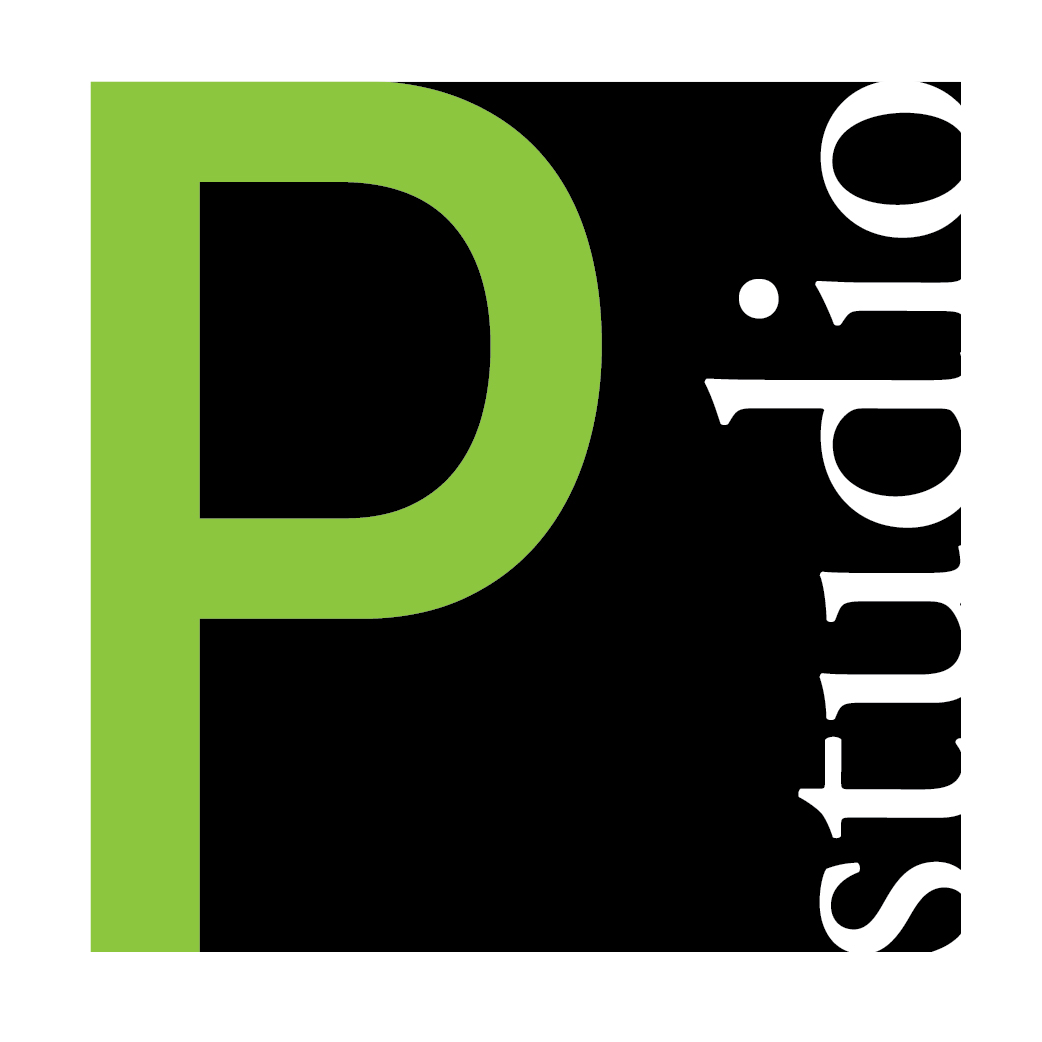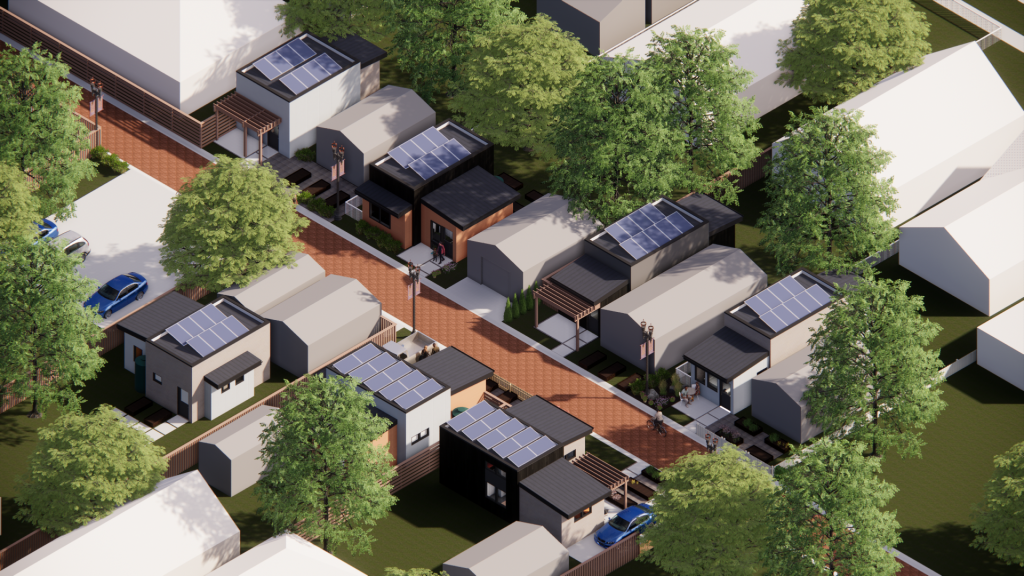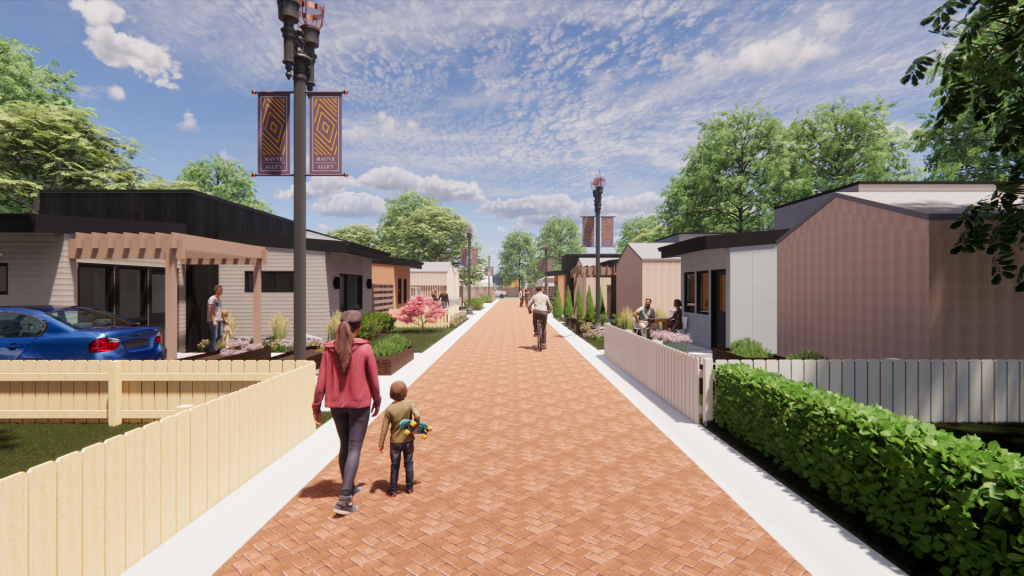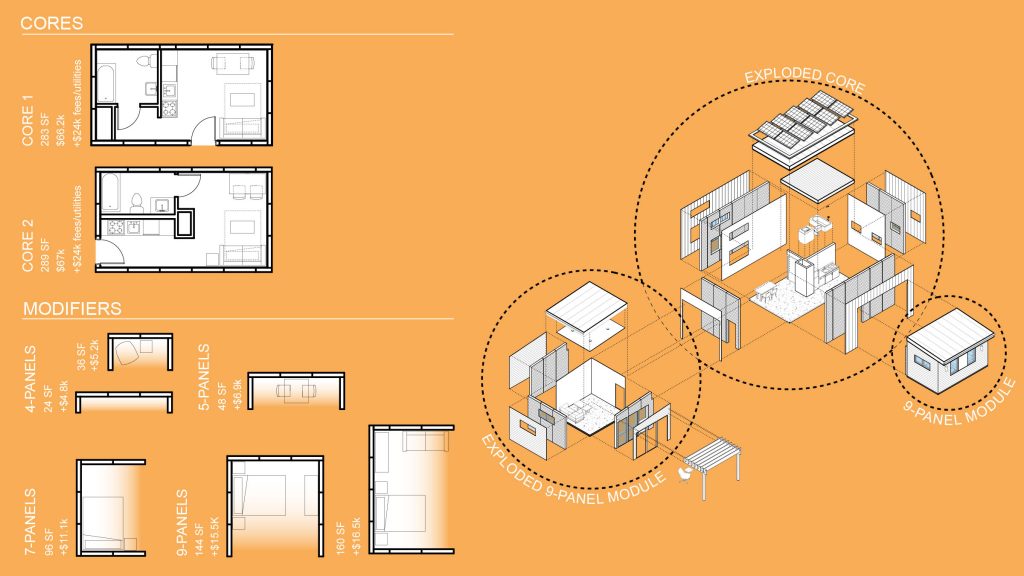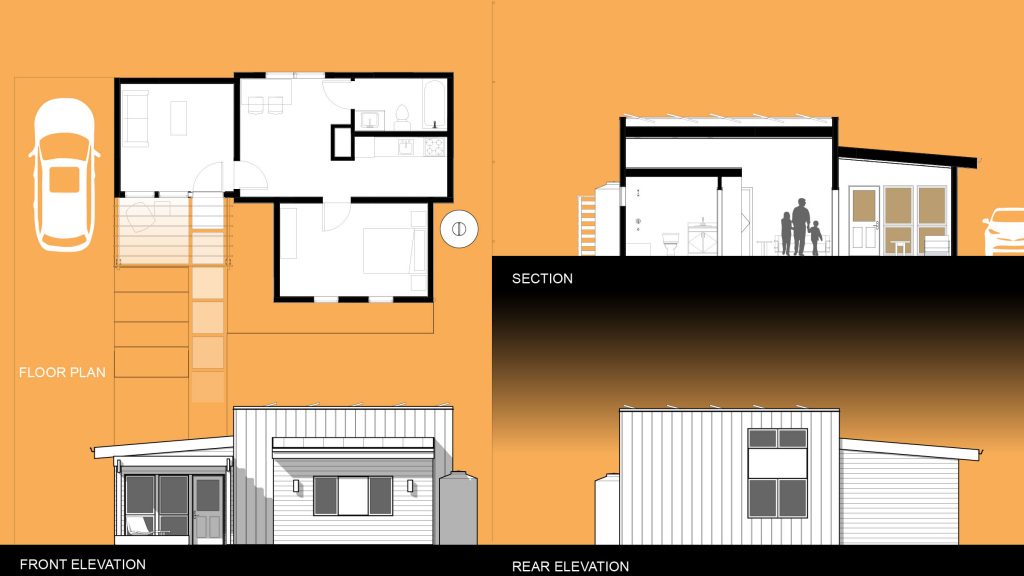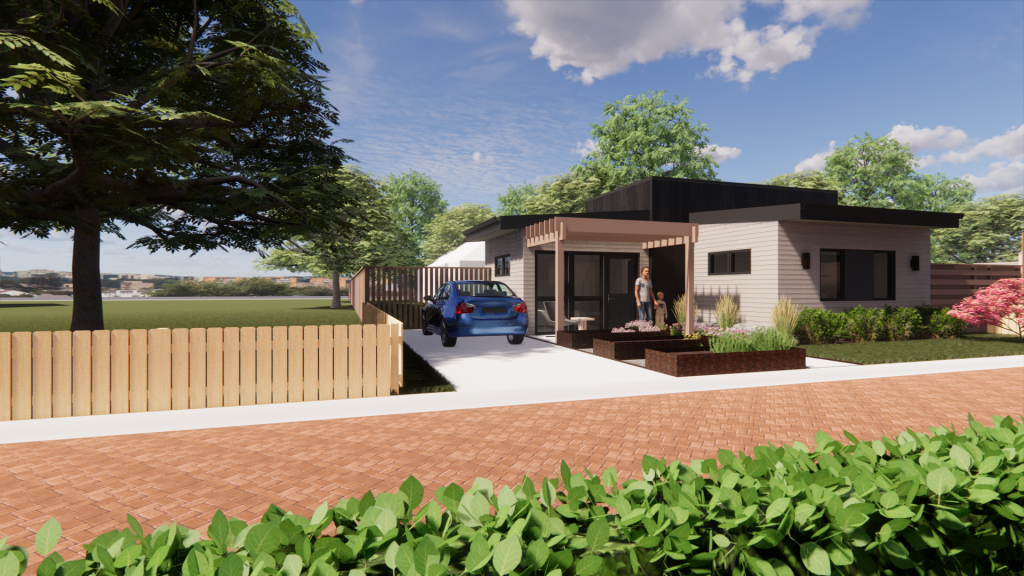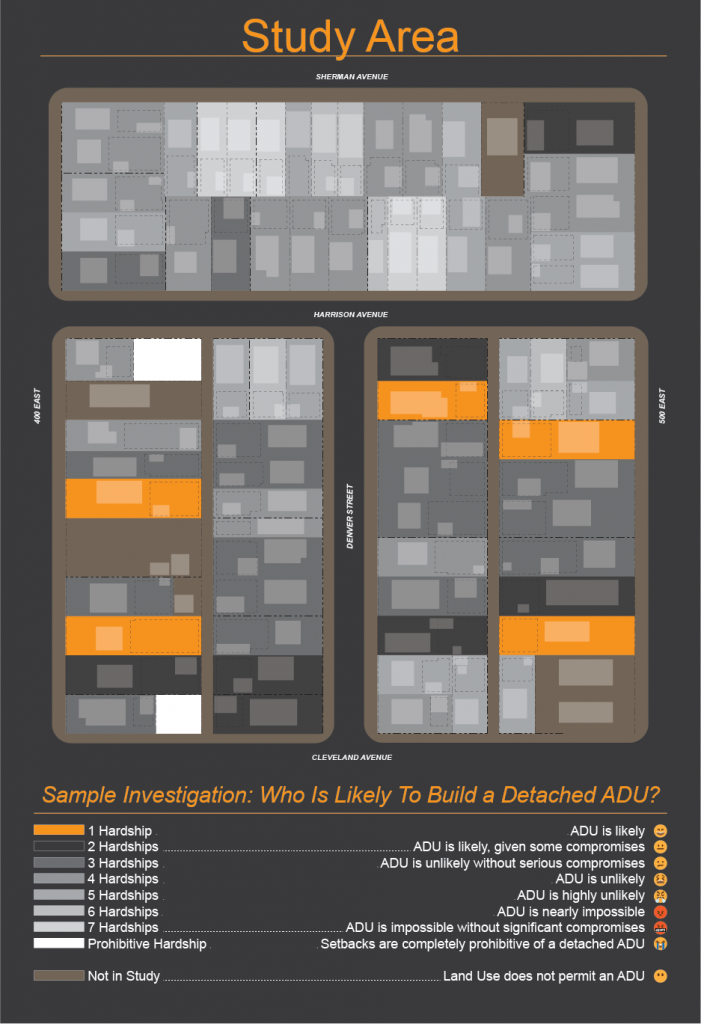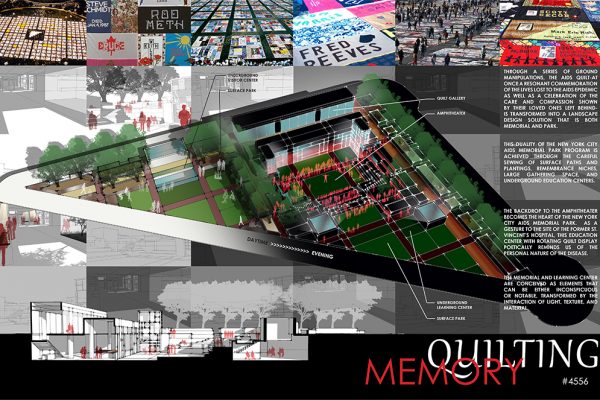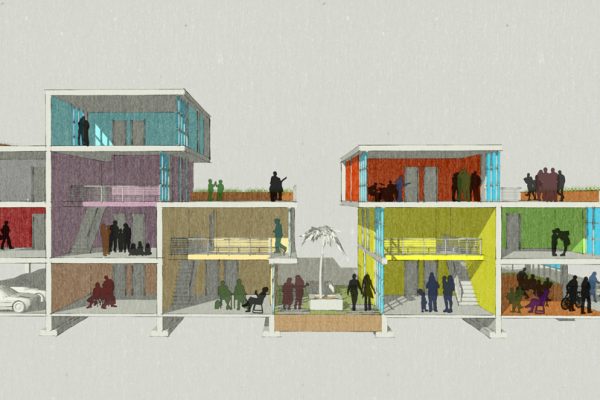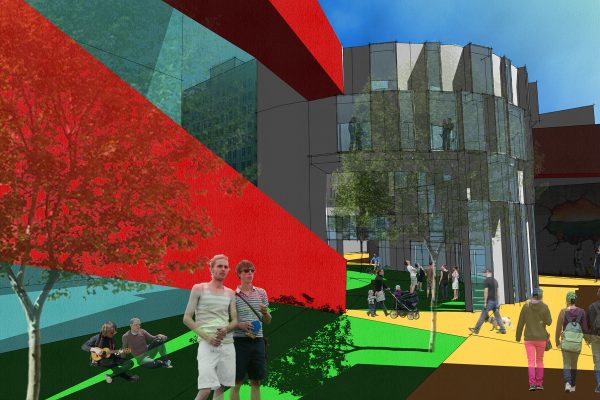In 2021, Salt Lake City hosted an ADU and Tiny Home design competition to explore small-scale approaches to the city’s affordable housing shortage. Process Studio’s experience with previous inquiries regarding accessory dwelling units (ADUs) gave us insight into a number of issues with the city’s zoning ordinance and its resulting limitations on ADU feasibility. Our competition entry investigated the extent of these limitations and proposed a typology that could overcome them to create a more equitable availability of ADUs for property owners.
A sample investigation of 74 parcels in a Salt Lake City neighborhood found that zoning requirements and existing conditions excluded approximately 93% of those lots from constructing a “ready-to-build,” 650-square-foot ADU. Setbacks, height limitations, available square footage, access to the lot, and existing accessory structures often compounded to create unsurmountable hardships for a majority of property owners. Our previous consultations with clients indicated that those facing more than two hardships were unlikely to follow through with an ADU construction. Of the parcels investigated, 83% faced three or more hardships to the construction of a detached ADU.
We expected this trend to hold true for the rest of the city, which led us to conclude the ADU code at that time did not provide enough flexibility to promote the construction of an ADU housing stock. Furthermore, we realized that the availability of ADU construction was furthering inequalities because property owners who had the most opportunity to build ADUs were those who previously had the means to acquire larger parcels and build bigger homes beforehand. Those property owners could then charge more rent for their larger ADUs, furthering financial inequities between seemingly indistinct, neighboring parcels.
Knowing that these hardships–faced by a staggering majority of property owners–tend to dissuade the construction of ADUs within the city, we implored city decision makers to create a more equitable zoning code that extends ADU benefits to every possible parcel. We were excited to hear that, shortly after the competition had concluded, the city was preparing to propose a number of changes to the ADU code. We knew that we and other participants had done well in highlighting some of the barriers to ADU construction and that the city was actively responding to these observations.
Even without the recommended zoning code changes, however, we recognized there were still opportunities for ADU construction within the city under the current zoning ordinance. Working strictly within the constraints of the existing code, we created the “Vested ADU” as a viable design solution for property owners. The design begins with the knowledge that each property owner faces unique hardships and pursues a goal of vesting–or fully bestowing–a viable ADU design with each property. Vested ADU accomplishes this with a series of segmented modules that combine to maximize available square footage while still responding to unique site constraints.
